The year kicks off—at least from a general aviation perspective—with the annual GA Shipments and Billings Report produced by the General Aviation Manufacturers Association (GAMA) and its associated press conference held in concert with meetings of the association’s board and various committees.
With the National Press Club tied up, GAMA hosted the conference at the George Washington University’s Jack Morton Auditorium near Foggy Bottom in Washington, D.C., which honestly made for a more comfortable venue in light of the packed house that may have overwhelmed the Press Club’s more intimate quarters. Youth infused the production, which was executed by talented GWU students in concert with GAMA’s highly professional team.
The delivery and billing numbers didn’t surprise me—generally positive news there. Once more, much is at stake as the playing field shifts again before our eyes.
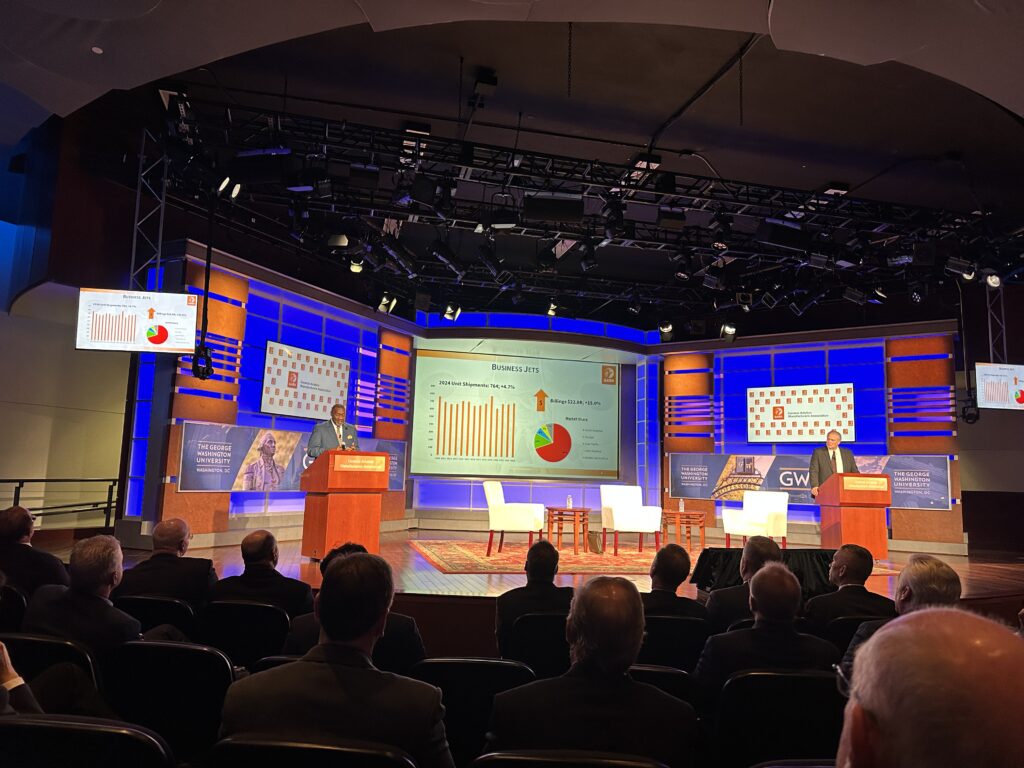
The vibe in the room sets the tone for the year. In 2020, the specter of COVID was just beginning, with lockdowns not yet in place in the U.S. but challenging already in Europe. In 2021, the Russian invasion of Ukraine had just transpired days before. Supply chain repercussions echoed through 2022 and 2023, with FAA Reauthorization looming large last year.
With as much change taking place on a daily basis as we’re seeing this first quarter of 2025, it wouldn’t surprise me to see a necessary change in course prompted by one of several factors in play:
- Tariffs by the U.S. and retaliatory answers from Canada, Mexico, China
- The charge to slash U.S. government regulations and only replace them at a 10:1 ratio
- Egregious use tax implementation in Europe, targeting business aviation
- Deeply cutting personnel reductions at key agencies, including FAA, DoT, and Department of Commerce
- And, oh yes, privatization of the National Airspace System in the U.S.
To kick off, Pete Bunce, current chairman and CEO of GAMA, clearly bases the association’s strategy on tariffs based on what transpired with the first go-round of the current administration, when tariffs were floated and walked back. “We want to work with the administration on smart policies to be able to go in not to debilitate this industry,” said Bunce.
Using a typical GA powerplant—whether piston, turboprop, turbine, or electric—as an example, Bunce illustrated the impact on an industry that already suffers from a stressed supply chain. “[As for] tariffs and our supply chain…the challenges have been vast. And when you think about supply chain, it’s not easy to switch a supplier. When you go and switch a supplier, you’ve got to recertify that supplier. So that burns up resources from the regulators on either side of the Atlantic… So if we add tariffs on top of that to debilitate the industry, that can have very severe unintended consequences. Whether you’re talking about aluminum, whether you’re just talking about cross-border transactions—remember, when we produce an engine, parts and pieces cross borders all the time—if you’re starting to add tariffs to each one of those transactions, [they] become significant.”
Another echo of the previous charge to slash regulations may also have consequences that kill a lot of good work done by industry and government in partnership to streamline the certification process (MOSAIC), encourage bilateral agreements between FAA and EASA, and integrate UAS into the National Airspace System. “We in aviation can’t do anything without regs, policy, and guidance,” said Bunce, “and a lot of those are enabling regulations. How we interpret this, how it was in the first administration—2 to 1, now it’s 10 to 1—how we are going to actualize that to keep the momentum going forward on policy and guidance?”

A move in Europe to enact Draconian passenger use taxes on business aircraft forms a third distinct threat to the forward momentum of the industry. France stands to implement a “green” tax that would charge up to 2100 Euro per passenger on every business flight operating in the country. It’s an absolutely fallacious means by which to purportedly limit business aviation emissions—and would only serve to kneecap the very segment of the aerospace industry that is the incubator for innovation. It’s a sector that a recent Oxford Economics study commissioned by GAMA and the European Business Aviation Association reported 440,000 jobs and an economic input of 110 billion Euro into the European economy.
“But what are we seeing over there?” asked Bunce. “We are seeing policies that attack our sector of aviation but also taxes that hit every sector of civil aviation—and these taxes aren’t what we thought about three or four years ago that dealt just with sustainability. These taxes are debilitative taxes that are simply going to be tax revenue for France or for other countries out there. The French government just signed into law a tax policy that has the potential of charging every passenger on a business aviation aircraft turboprop or jet up to 2100 euro per flight.
“Think about that,” he continued. “If you have an economy in Europe that boasts that they are shifting from a strategy of the green deal to the green industrial deal, and your major pillar in that strategy is competitiveness, you just shot yourself in the foot by doing this. Because we all know it’s business aviation that gives companies advantage whether you’re doing business in Europe or you’re doing it around the globe.”
The grand irony is that France need only look across its landscape for the very businesses that are spurring the “green industrial deal,” such as Daher, which in its recent annual press conference reported on core business across all its pillars pushing emphatically towards the sustainable future. From AI optimization of energy consumption to the utilization of advanced thermoplastics within its TBM and Kodiak aircraft—and culminating in whatever the follow-on to Eco-Pulse will be—Daher is not blasé—or isolated—in its commitment to our collective future.

But we’re not done yet… other specters raised in Bunce’s comments included the privatization of the NAS, an ongoing fight. This time around, it’s in the name of modernizing and streamlining the outdated air traffic control system.
However, within the FAA Reauthorization bill and associated appropriations, the funding and support for required upgrades to equipment and advanced training for personnel are already earmarked and ready for implementation. If acting FAA Administrator Chris Rocheleau—a former NBAA exec and well regarded by the GA industry—is allowed to move this F&E forward, these issues untangle towards resolution. “But why would we want to go into that fight again when we can go and look at making this system better,” said Bunce. “I think if we’re distracted by another privatization fight, we’ve just lost this unique opportunity that all of civil aviation is united and said, ‘Congress, you can help us by appropriating more money in F&E, but also letting us use the trust fund more wisely, working with the appropriators to do it very smartly.’”

Finally, large-scale and immediate personnel reductions across the U.S. government have made the news every single day since January 20. And the FAA has not been immune, with an initial reduction of 400 employees imminent—and this to an agency that is already running at about an 800-personnel deficit, according to various reports. It feels particularly galling to have that salvo across the bow in the wake of the mid-air collision at Washington National last month, in which it appears understaffing may have played a part.
To this, Bunce returned to the presumption that we can trust the administration to stand by its commitments when the dust has settled. “We’re trying to understand with them what the impacts are,” he said, “and the numbers don’t sound like they’re as many as they were first reported. We know that the morale within the FAA was boosted by…the declaration late last week [that] those that have direct responsibility for safety—their jobs are safeguarded. In fact, they aren’t even allowed the ‘early out,’ for lack of a better term, and that helps with morale. It says, ‘You are important to this industry.’ But we are going to lose some support people out there. That just means we have to exploit efficiency.”
In closing, Bunce noted the need to continue to build the stories that convey the wide-ranging and deeply felt impact general aviation has on the world. GAMA, in concert with AOPA and other aviation associations, commissioned a study of their own through PWC to quantify that impact.
It’s human nature to base predictions of future action on past behavior. My biggest concern lies in whether that can be applied to each of these threats—and how we can fortify ourselves as an industry to weather those ensuing storms.
Reading the room gave me the same feeling. Can we trust those now leading the U.S. government to listen to our stories and follow through on their commitments?










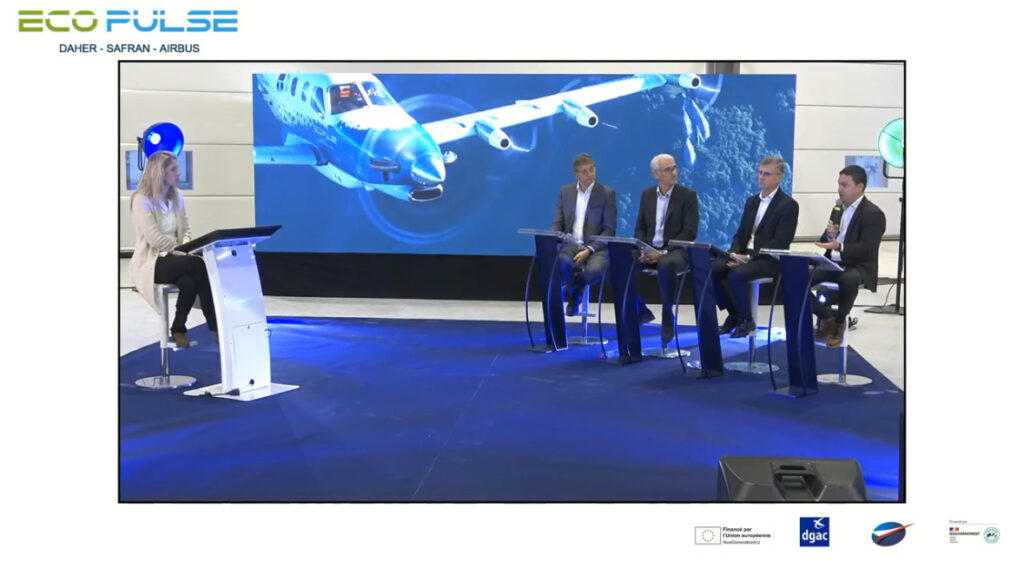
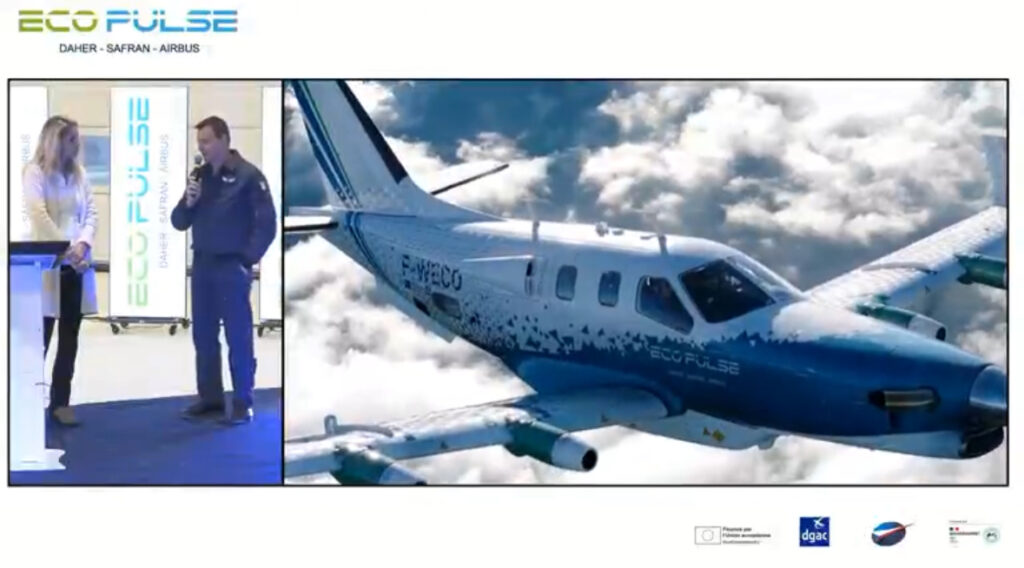













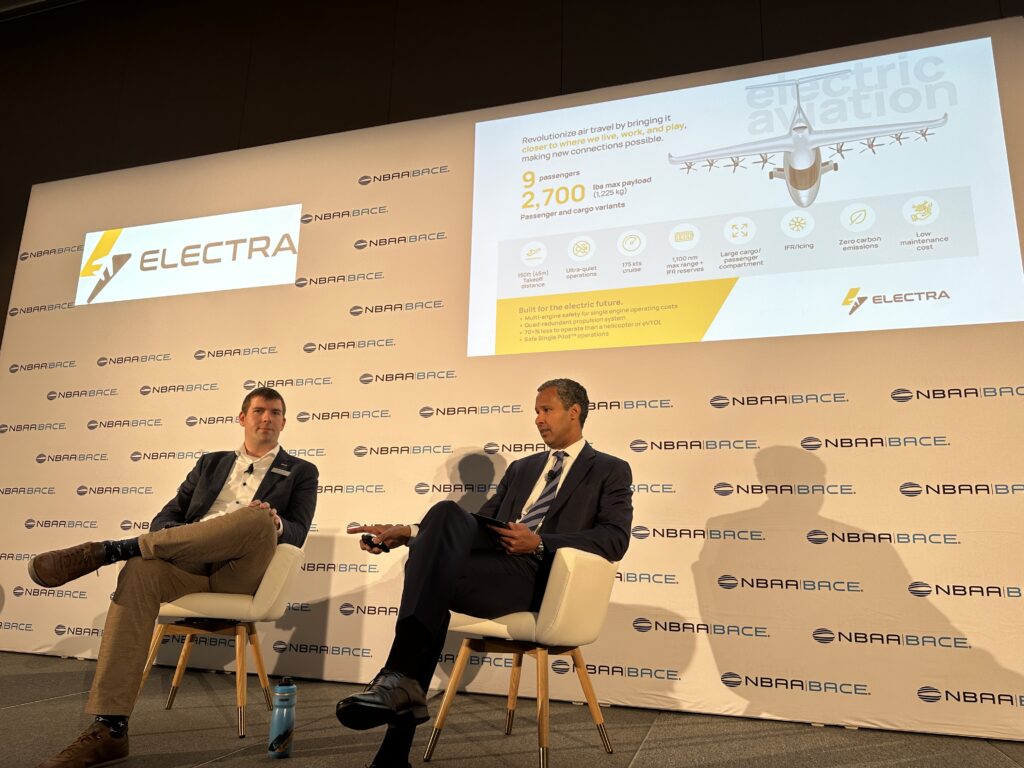
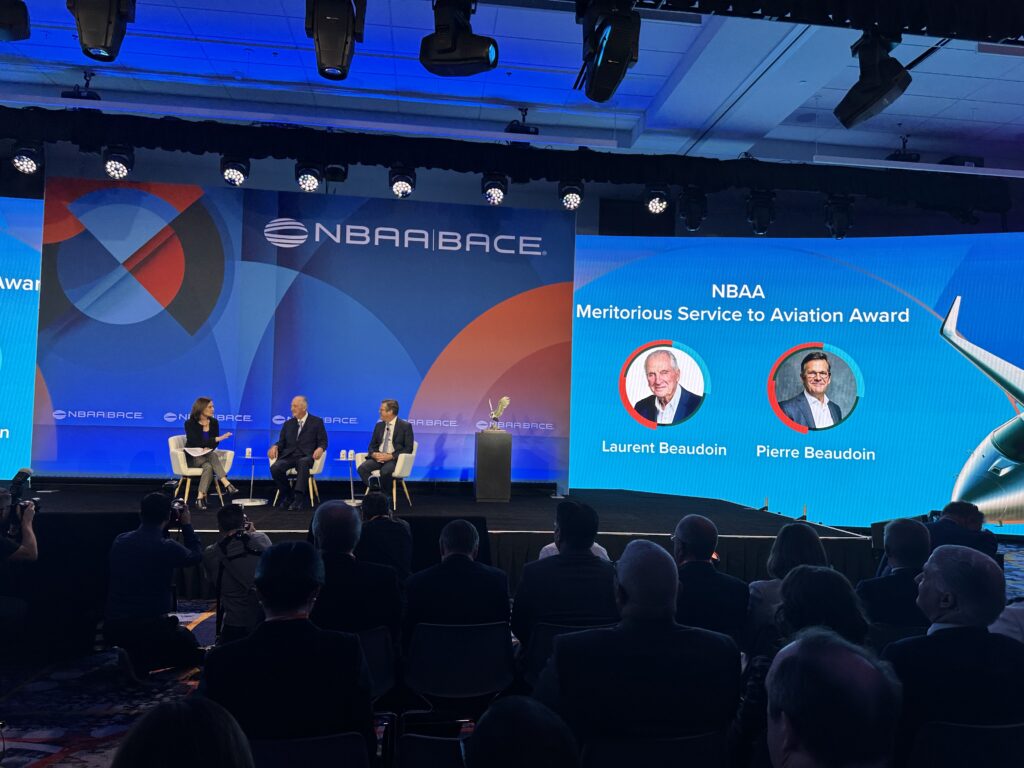
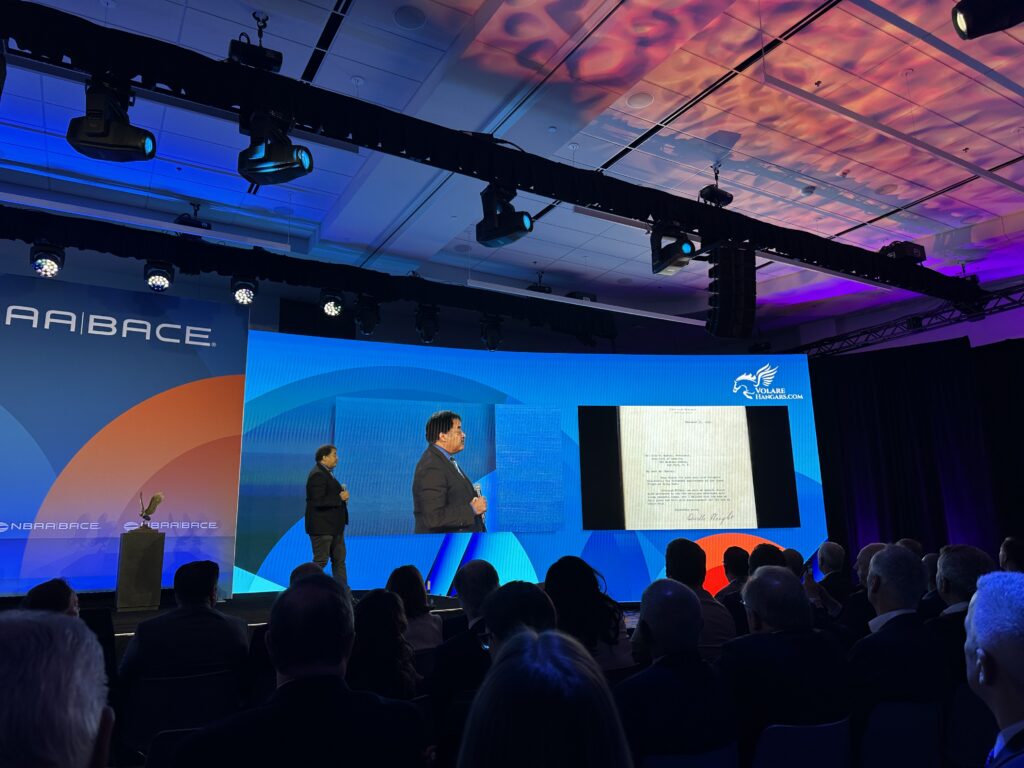






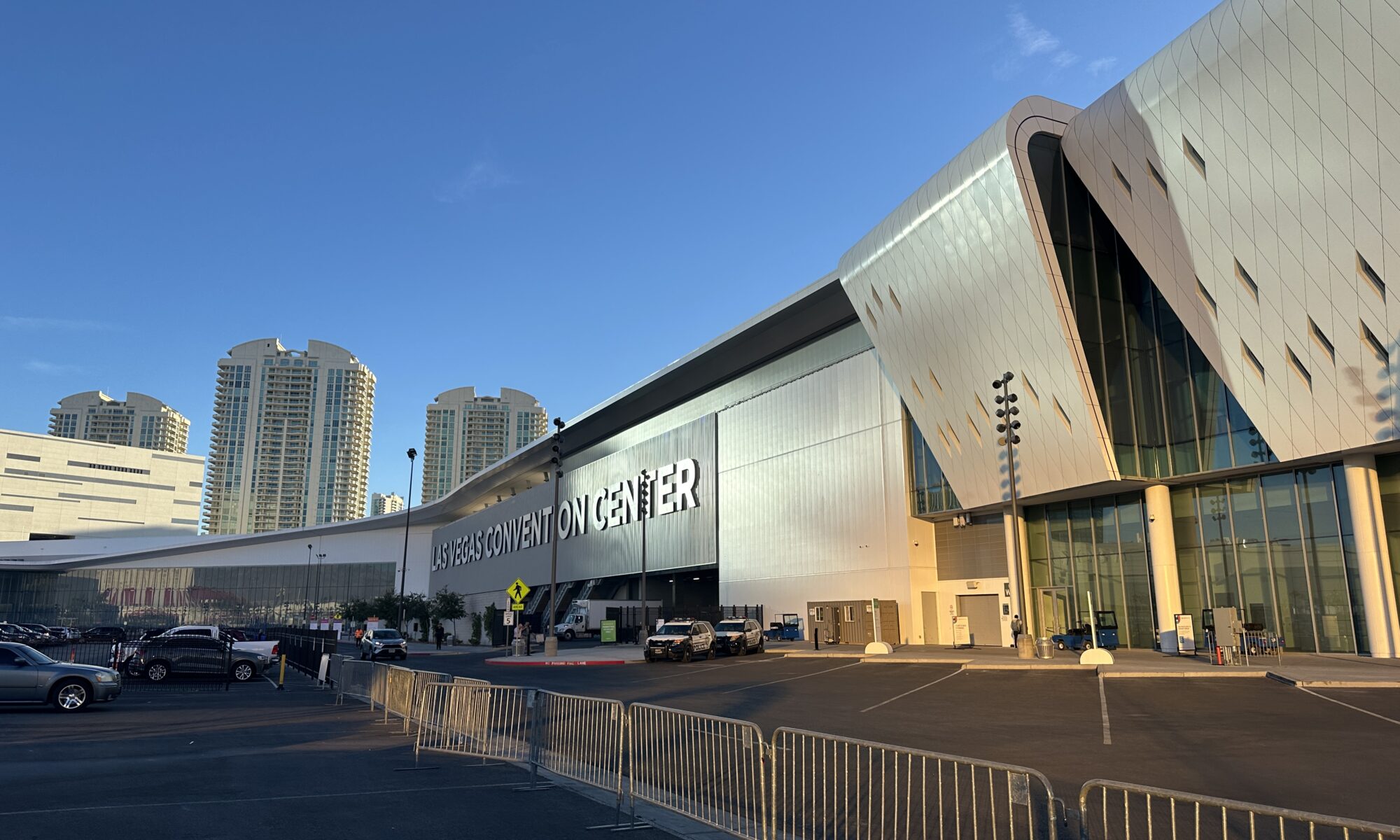








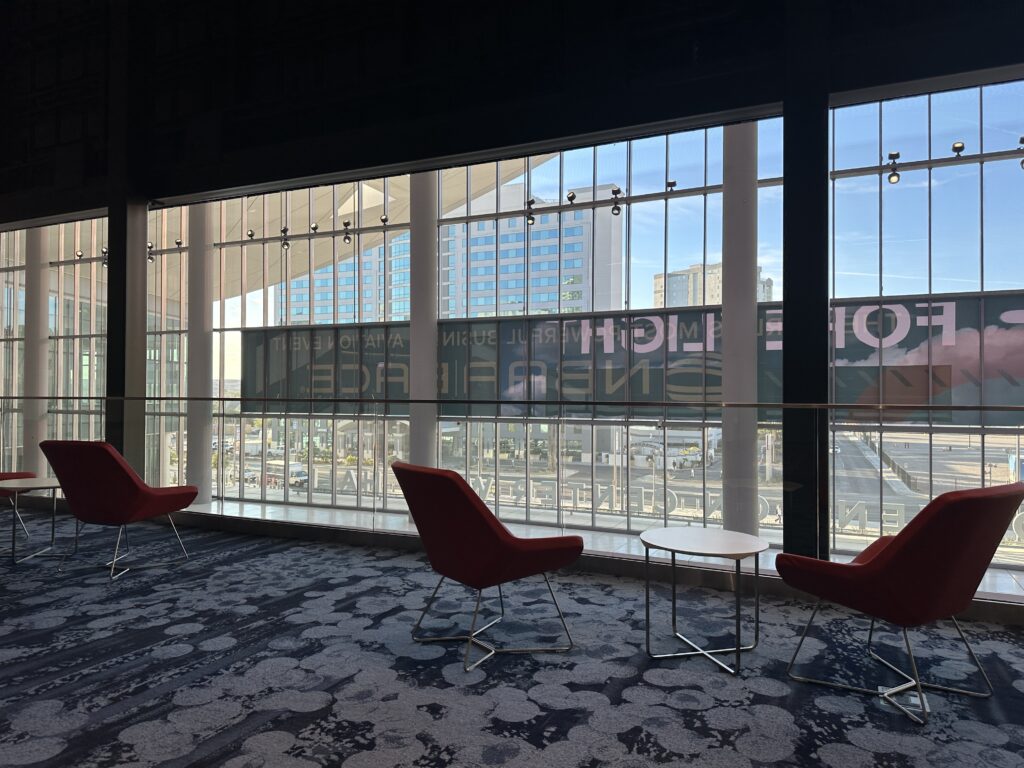


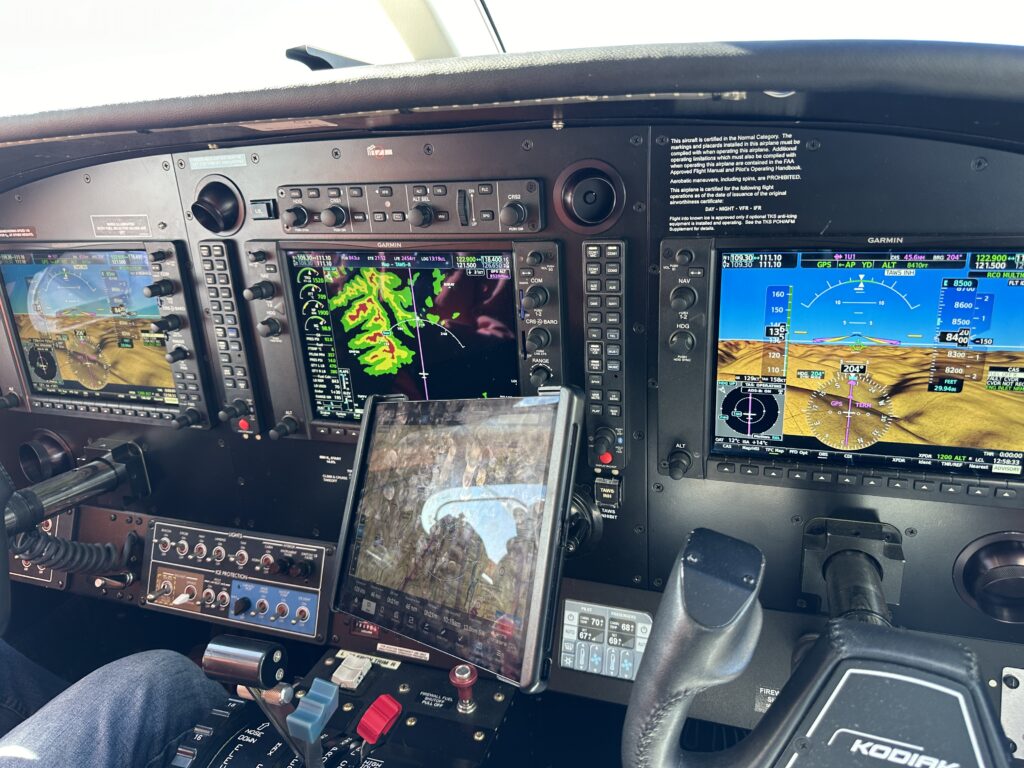







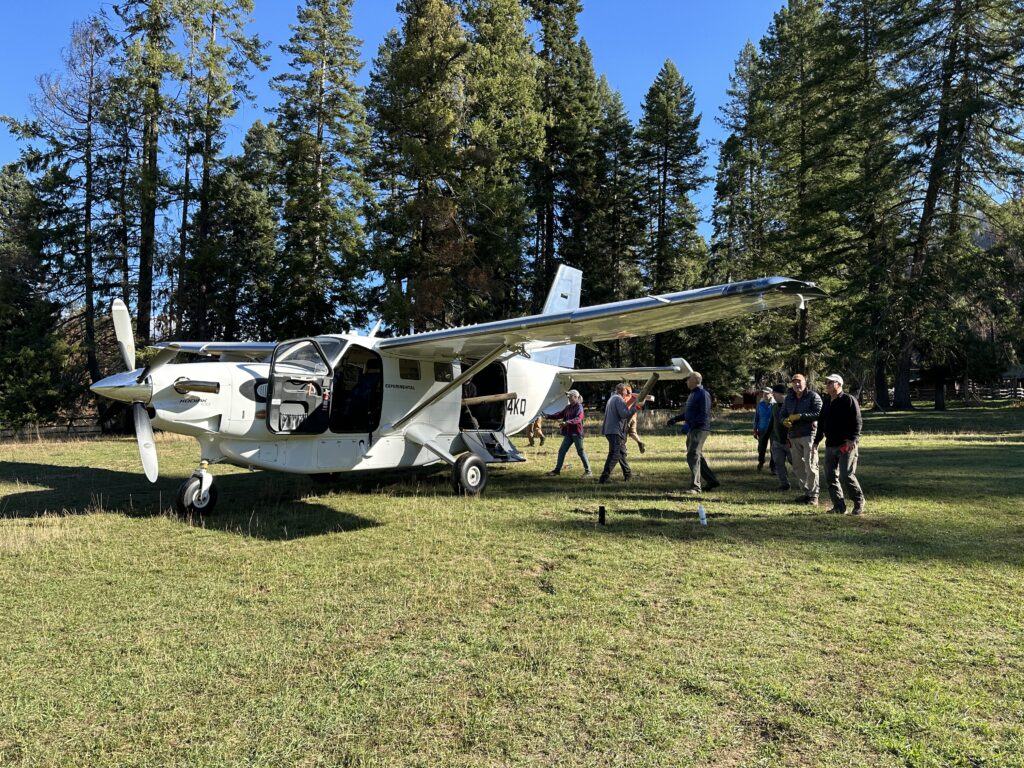

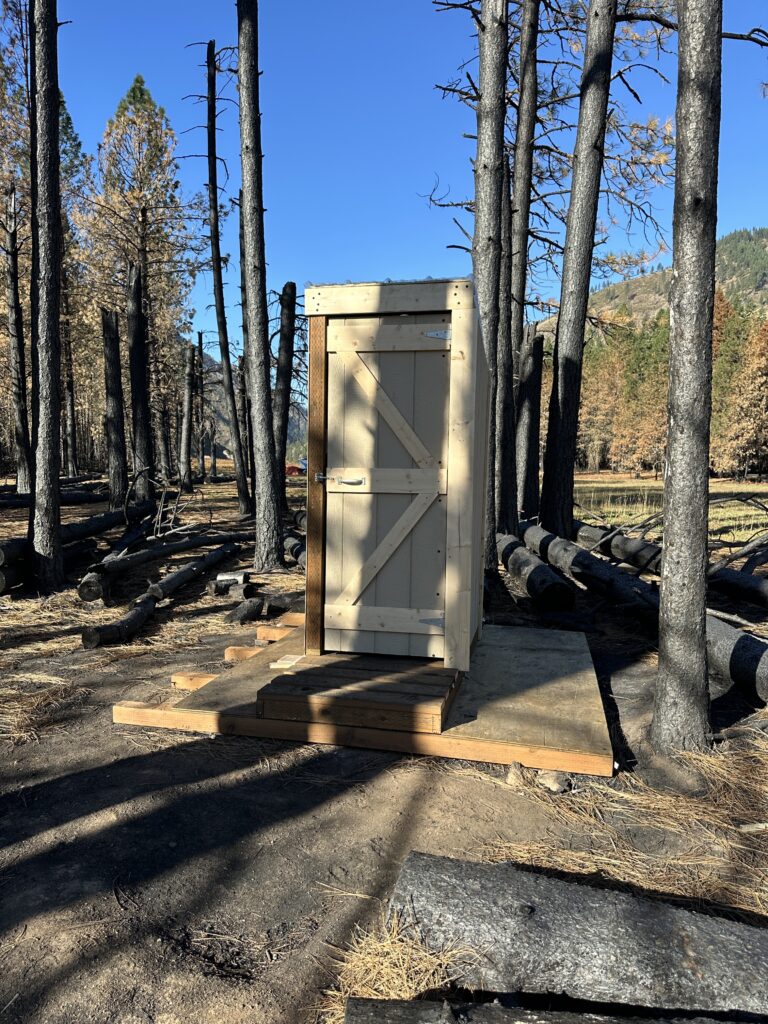













![At the Daher booth in the Career Fair, we learn how to cleco a rivet. [Credit: Julie Boatman]](https://julietbravofoxmedia.com/wp-content/uploads/2024/04/IMG_3516-1024x768.jpeg)





